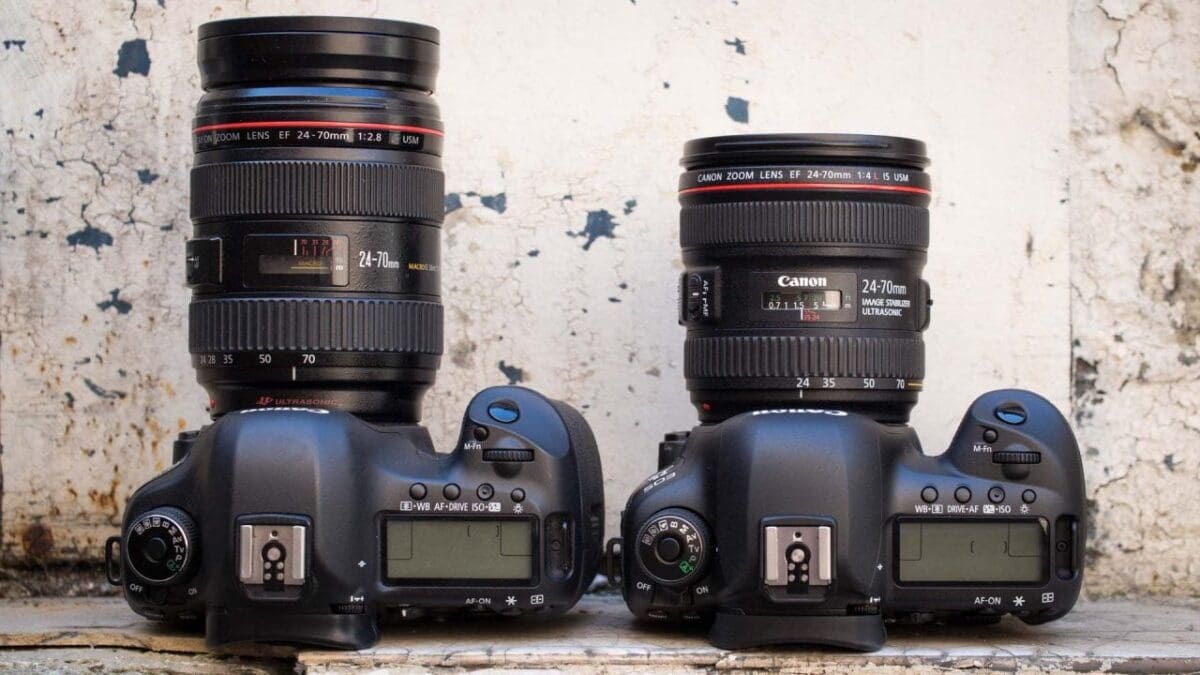The Canon EOS 5D Mark IV has been one of the most hotly anticipated new cameras of the year, and now that it’s finally here the question on everyone’s lips will be: Is the Canon EOS 5D Mark IV better than the 5D Mark III?
We got an exclusive preview of this new Canon camera and were able to get hands-on with its new features. There is plenty on the EOS 5D Mark IV spec sheet to get excited about, but if you’re an owner of the Canon 5D Mark III – or if you are using another camera and thinking about jumping up – here are five reasons why you might want to upgrade…
JUMP TO
Hands-on Canon EOS 5D Mark IV review
Canon 5D Mark IV vs 5D Mark III: 01 Better video
Canon has been a pioneer of video in DSLR cameras, making what was once seen as a novelty feature a must-have for serious videographers. The Mark IV carries on this tradition by bringing internal 4K (4096 x 2160) video recording.
What’s more, you can even shoot footage in Full HD at frame rates of 60fps to allow for slow-motion playback. It might not be something you use all the time. But it can be great fun when producing videos like these! The EOS 5D mark IV also allows you to shoot 720p HD footage at 120fps.
And the improvements don’t stop there. The 5D Mark IV also promises to make videographers happy by employing phase detection focusing in video and live view mode. This means smoother and more accurate focusing than you’ll find in the Canon EOS 5D Mark III and its contrast deletion system.
Get the Canon EOS 5D Mark III for just £1300
Get the Canon EOS 5D Mark III for as low as $1700

Canon 5D Mark IV vs 5D Mark III: 02 A new full-frame 30.4-megapixel sensor
Here at Camera Jabber we try not to get caught up in the megapixel wars. We know pixel counts don’t mean everything, and that higher pixel counts on smaller sensors can be counter-productive, but… the Canon EOS 5D Mark IV has a really nice sensor!
The EOS 5D Mark III was no slouch with 22.3 million pixels, but as more and more 24-million-pixel cameras begin to flood the market, the Mark III and its 22.3-megapixel sensor was beginning to look a bit long in the tooth.
With the EOS 5D Mark IV, Canon has provided a significant bump up to a 30.4-million-pixel, which should should be capable of capturing much more detail and producing significantly bigger images.
SEE MORE: Understanding camera sensor size in photography
Canon 5D Mark IV vs 5D Mark III: 03 Touchscreen interface
Some people are still skeptical of touchscreens. We’ve heard all the complaints. But like video modes and photo editing before it, this functionality is gradually winning photographers over with the flexibility it affords. And we predict that the Canon 5D Mark IV will be the camera that finally wins the hearts and minds of touchscreen-skeptics.
On the back of the camera is a luxurious 3.2in, 1,620,000-dot touch-sensitive screen that you can use for anything from setting the AF point with a simple tap, to swiping through images in playback mode or navigating the menu system to change your settings.
It really speeds up your workflow, and for anyone shooting action or photojournalism, this is bound to make a world of difference.
Canon 5D Mark IV vs 5D Mark III: 04 Better AF system
Hang on here, you’re probably asking yourself. The EOS 5D Mark IV has 61 AF points, as does the 5D Mark III. What’s the difference here?
The difference is that Canon has beefed up its 61-point AF system so that 41 are the sensitive cross-type – and 21 of these have maximum apertures as small as f/8. What’s more, the 5D Mark IV offers five AF points that are dual cross-type at f/8.
What does this mean for you? It means that the Canon EOS 5D Mark IV should be significantly better than the 5D Mark III at picking out subjects and locking on to them. And with sensitivity down to f/8, photographers using telephoto lenses with teleconverters should have a much easier time.
SEE MORE: Best Canon EF-S lenses to start your collection
Canon 5D Mark IV vs 5D Mark III: 05 Better connected
The Canon EOS 5D Mark IV is one of Canon’s most connect cameras to date, offering built-in Wi-Fi, NFC (ear Field Communication) and GPS. With the latter, photographers can tag each of their images with location data. The GPS system is also sensitive to your battery’s needs and turns itself off when you’re not using the camera.
The build in Wi-Fi and NFC connectivity is handy for sharing images quickly via your smartphone or tablet, as well as Canon’s Connect Station CS100.
This is ideal for professional sports photographers or photojournalists who need to send images in a timely manner. The 5D Mark IV even offers them a built-in ftp/ftps capability for more secure file transfers.
So should you upgrade? The final Canon EOS 5D Mark IV review will be the ultimate verdict, but on the face of it Canon has provided a significant upgrade to the 5D Mark III and offered those users plenty of reasons to pre-order the EOS 5D Mark IV.
READ MORE



